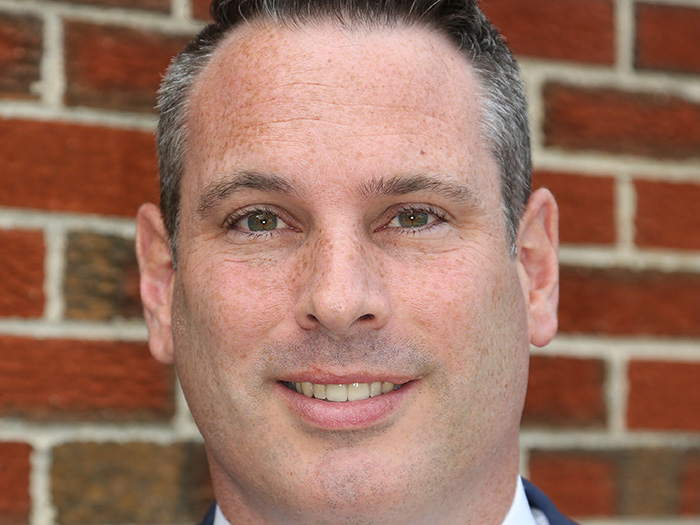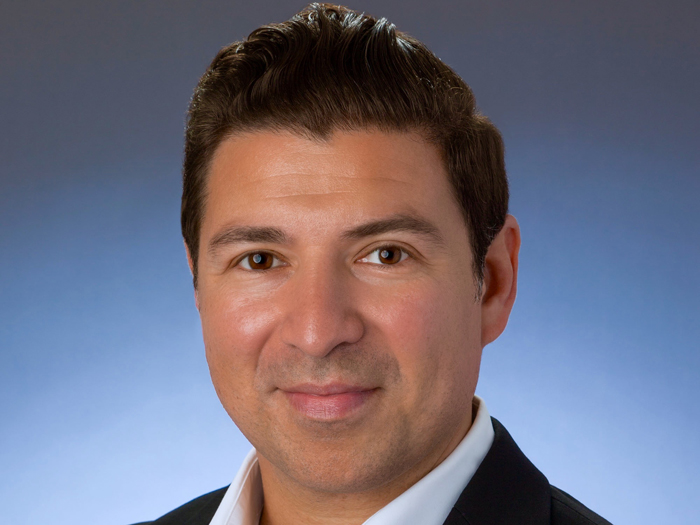Sponsored Content by The Hartford
Are You Global-Ready? Most Companies Underestimate Multinational Risks
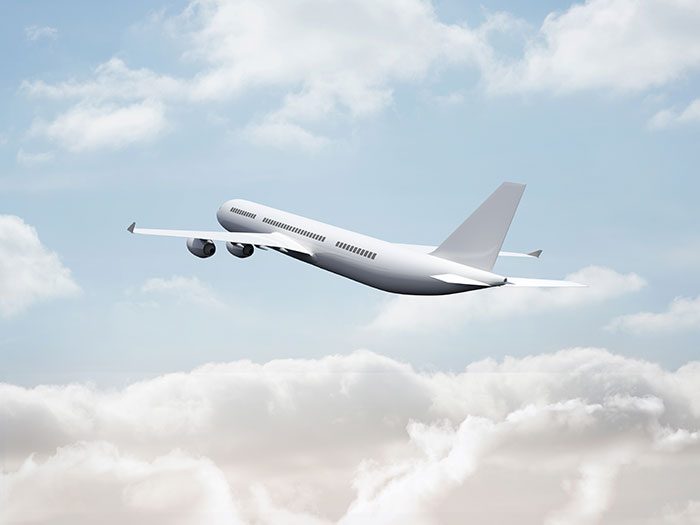
Being multinational isn’t just for Fortune 500 companies anymore.
Technology and ease of travel have made the world smaller than ever, and thriving in a global economy demands following business opportunities everywhere, from Tennessee to Thailand. According to The Hartford’s Q2 2017 pulse survey, 80 percent of mid-to-large size companies in the U.S. are doing business overseas in one way or another.
But while companies must move to take advantage of opportunities, they don’t always realize the new world of legal and regulatory risk they enter when they do so — or the complexity of mitigating that risk.
“There’s no global, harmonized regulatory system,” said Alfred Bergbauer, head of Multinational Insurance, The Hartford. “You have to be mindful of the insurance laws and tax environments in each country. Many smaller organizations don’t realize the consequences of not complying with local regulations.”
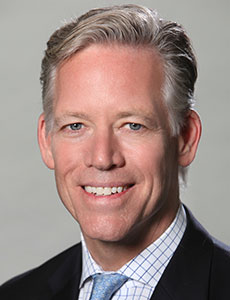
Alfred Bergbauer, head of Multinational Insurance
Regulators routinely scrutinize the insurance of foreign operators — especially policies not issued locally.
“When businesses don’t buy local insurance, it deprives that country of tax revenue and robs regulators of oversight over the underwriting criteria and adherence to local law,” Bergbauer said.
Regulators are increasingly auditing brokers, insurers and insureds to identify unlicensed insurance, which can result in steep fines and other business risks that many smaller organizations may not be aware of, including payment of back taxes, fines and disruption of business if inventory is impounded.
In most cases, Bergbauer said, middle market companies are either uninsured, under-insured or improperly insured for multinational exposures. With so many middle market companies expanding their footprint, how can so many lack proper insurance?
“There is a gap in multinational solutions geared toward the middle market,” Bergbauer said. “And many brokers serving the middle market are not well-versed in the business activities that draw multinational exposure or in the solutions available.”
Three Levels of Multinational Risk
The level of multinational exposure — and the type of solution needed — varies depending on how a company operates abroad and how deeply they engage with foreign markets.
- Passport
These are companies that send representatives abroad to meet with potential clients, partners, suppliers or buyers, or to attend training seminars or conferences.
Companies in this segment aren’t buying or selling a product or service in a foreign country, and they don’t have any overseas locally insurable, foreign operations (permanent physical operations, local employees and/or registered entities). Their primary concern is travel risk.
“Many organizations assume their workers’ compensation policy will cover health and safety exposures, but most U.S-based coverage does not apply to all incidents abroad,” Bergbauer said.
In addition to a workers’ comp policy, companies may need coverage for death and dismemberment, kidnap and ransom, and access to a 24/7 crisis hotline and emergency medical assistance. Employers that lack these resources could face legal liability for not fulfilling their duty of care. But beyond legal obligation, it’s simply the right thing to do to provide these coverages and services to employees.
- Exporters
This segment includes businesses that not only send employees overseas but also sell products or engage in installation or repair work overseas.
For these activities general liability and/or product liability exposures increase. These companies are selling products or services abroad but don’t have a physical foreign location.
“A very high percentage of U.S. companies that don’t purchase a multinational policy believe that their domestic policy covers product liability risk around the world,” Bergbauer said. “But U.S. liability policies generally respond only to products manufactured or sold in the U.S. An injury that occurs overseas may not be covered by a domestic policy, even if the lawsuit is brought in U.S. court.”
To seal those gaps, exporters should supplement their domestic policies with a multinational solution that extends coverage to product and legal liability claims incurred overseas, regardless of where a triggering event occurs or where a lawsuit is filed.
- Controlled Master Program
In addition to sending employees overseas, selling products or performing installation and repair work abroad, clients in this segment also have foreign legal entities, local employees and/or fixed assets overseas as well.
As legal entities within foreign countries, they are required to purchase policies from the local market that are written in the local language and adhere to local laws and practice. Since no two countries’ regulatory frameworks are the same, understanding and complying with good local standards in multiple nations can be a liability-fraught headache for mid-size companies.
These entities can best mitigate their risk through a controlled master program, where a U.S. master contract acts as the backbone, supported by multiple locally admitted policies. Where local coverage falls short, the master policy fills in the gaps.
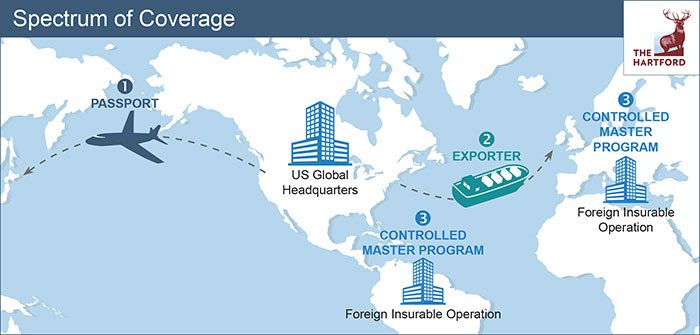
Asking the Right Questions
Large corporations fitted with risk management, legal and compliance teams may be aware of their multinational exposures and have the wherewithal to get a controlled master program in place.
For mid-size companies, these risks often go unaddressed.
“Forty-one percent of mid-to large-size companies have had no communication with their broker about international exposures1,” Bergbauer said.
There are five critical questions every company should answer to determine their level of multinational exposure and what type of solution they need:
- Do you have or send employees overseas?
- Do you sell products overseas?
- Do you have goods warehoused or equipment located overseas?
- Do you have international locations?
- Do you have foreign suppliers or customers?
“If you answer yes to any of these, find a carrier who can help,” Bergbauer said.
Solutions at Every Level
By asking the right questions, The Hartford works consultatively with clients to bring sophisticated multinational solutions to companies of all sizes.
“By understanding their specific business activities, we can shape a solution that meets clients’ needs, which can involve localizing an umbrella, increasing local limits or adjusting limits in the master policy,” Bergbauer said.
The Hartford is committed to helping customers meet their risk management needs globally.
To learn more, visit www.thehartford.com/multinational.
1 The Hartford’s Second Quarter 2017 Pulse Survey
![]()
This article was produced by the R&I Brand Studio, a unit of the advertising department of Risk & Insurance, in collaboration with The Hartford. The editorial staff of Risk & Insurance had no role in its preparation.





